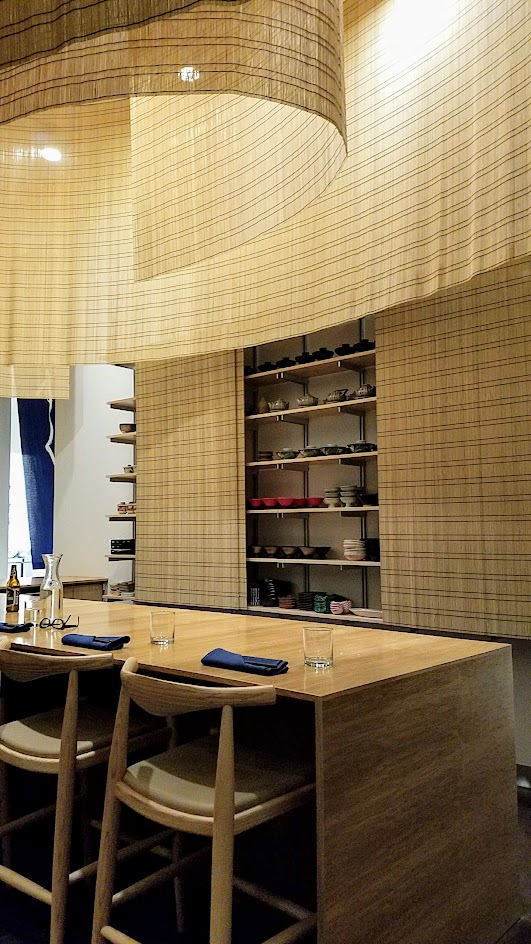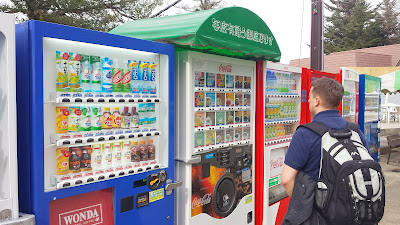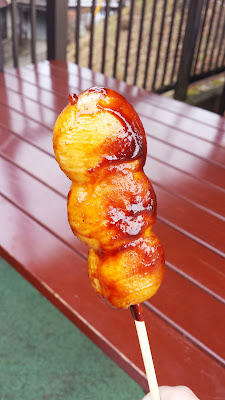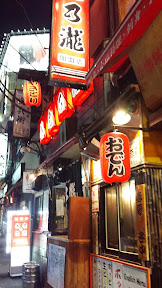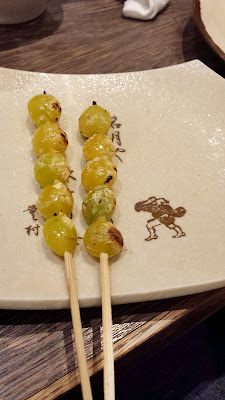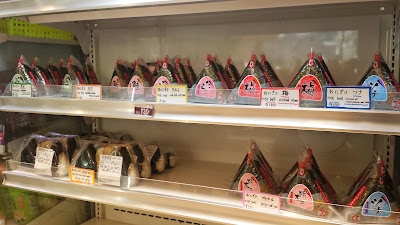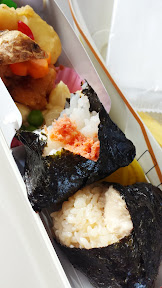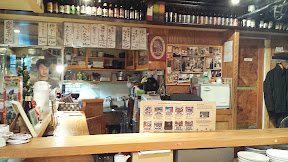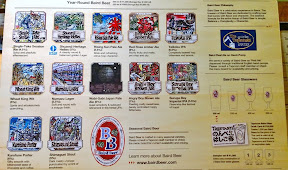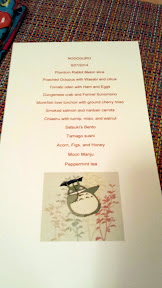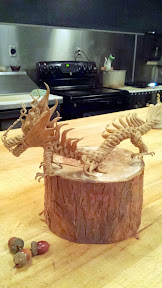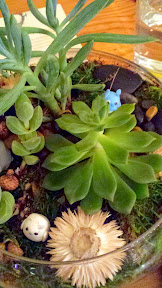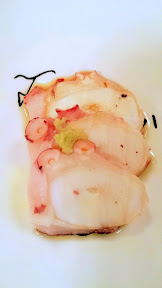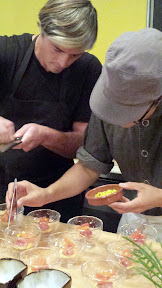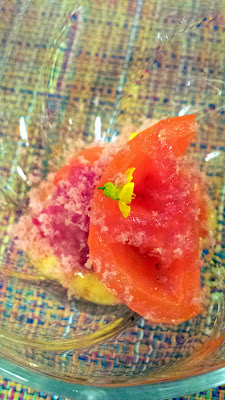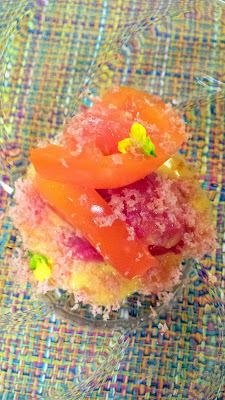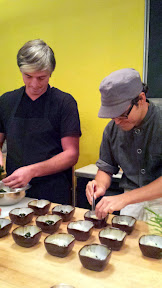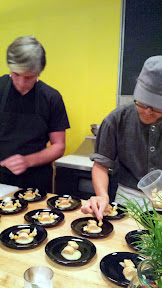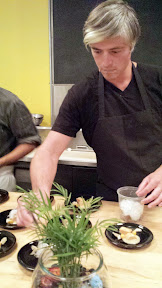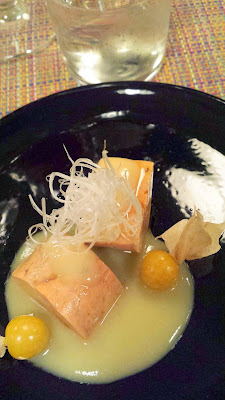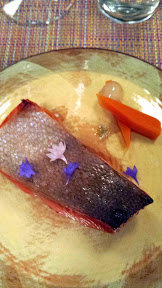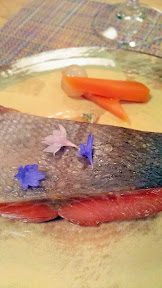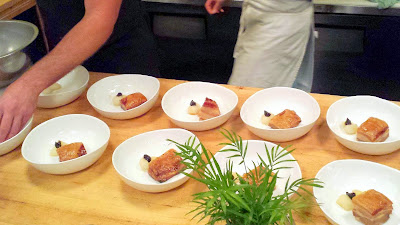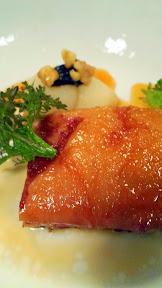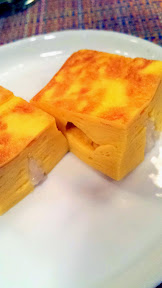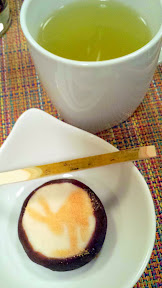It’s hard to believe it’s been 10 years of Nodoguro in Portland – and I’ve been a huge fan since their first pop-up at the then Yakuza space and continuing to be a return diner every year through the years. A quick link list is at the bottom in case you want to browse some of the ones that made it into my blog in the past.
- My first time in April 2014 at the Yakuza Lounge
- June 2014 Firefly Menu
- July 2014 Tanabata Mitsuri
- Haruki Murakami August themed pop-up
- Totoro Theme
- MacDonald’s Menu
- Twin Peaks Dinner
- Hardcore Omakase Sushi 2015
- Harajuku Theme
- Hardcore Sushi Omakase Feb 2016
- Yurukyara Grand Prix, a Nodoguro Mascot Dinner
- SupaHardcore June 2016 edition
- Trip to Nara
- Princess Mononoke Sousaku
- Twin Peaks Dinner Version 2
- Peter Cat Pop up Lounge
- Supahardcore 2019
- Izakaya in the Canaries
- Nurturing Your Kokoro in the current space
Recently I enjoyed my first hand roll night at Nodoguro which was an incredible experience as to be expected. This format is a little bit more casual in that you will create your own hand rolls rather than have multiple coursed dishes, but with the outstanding premium options you cannot go wrong with any combination you might try.
As always, the atmosphere is impeccable at Nodoguro, with variations for the seasons and thoughtful fun details. I visited during March, before Easter.










